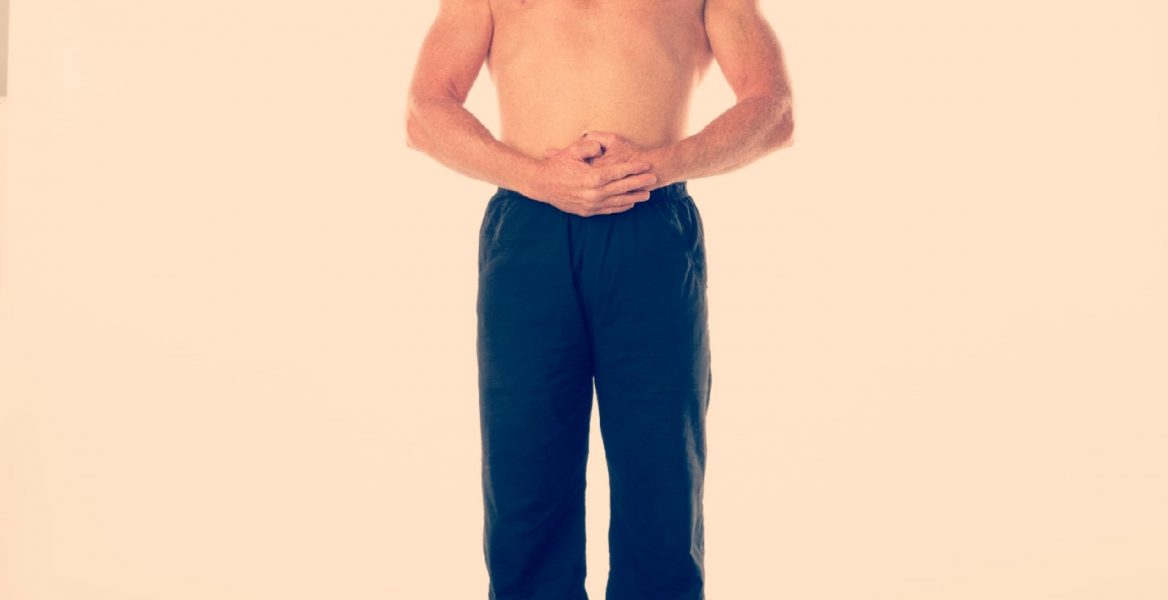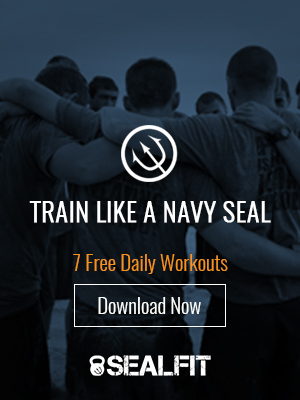This is part two in a series of posts regarding the three pillars of longevity. You can find the first post here.
Fueling the Body Through Breath Work and Hydration
Last week, I shared my ideas on the three most important pillars of optimal health that will allow us to become our health care system, forever eliminating the need to visit a doctor or hospital for a nutrition based disease. I stated that the human being, if born healthy, can remain healthy throughout life and even extend life expectancy by forging uncommon habits using the three pillars of longevity. These pillars have been distorted by nutritional science and the pharma sponsored health care system. A lifelong quest to work on these pillars will dramatically improve not just your health, but the quality of your life as well. The three pillars are fueling, recovery and integrated training. Last week I addressed fueling in regards to the timing, quality, and quantity of the macronutrients we consume. Today I’ll look at two less understood, but equally crucial aspects of fueling: breathing and hydration.
Breathing
To achieve optimal health and longevity we need to learn to breathe optimally. I would argue that air is our primary source of fuel. Consider that we can survive weeks or months with no macronutrients (food). We can survive days without water. But we can only survive minutes without air. If we were to rank their order of critical importance, air is number one, water two, and food three.
Breathing brings vital fuel in the form of oxygen, nitrogen, nitrous oxide and carbon dioxide into and out of our body. These elements power our physical bodily systems. Moreover, breathing well brings vital life force, or prana, into our energy body, enlivening it and maintaining the health of the physical body’s immune and electrical systems. In reality, our physical body’s long-term health is dictated by the health of the energy body, which is a fact well known to the Eastern medical community, but largely ignored in the West until recently. If we focus on improving breathing, then our combined physical and energy body systems are elevated to optimal health.
Learning how to breath for optimal performance, health and longevity are hard to convey in a blog post so I will limit my discussion here to the nuts and bolts. First, the average person has undeveloped breathing muscles. Even though many athletes have worked hard to develop the muscles of breathing, they still don’t consciously use them well for optimal performance when not performing. The muscles include the chest, intercostal, diaphragmatic contracture and abdominal muscles. The training of these is done daily with specific breathing exercises, allowing for a powerful and complete inhale and exhale cycle.
Undeveloped musculature and unconscious breathing leads to shallow, quick breaths that utilize less than 50% of the lung capacity. That is 50% of your fuel potential left on the table, or in the air, so to speak. Further, without fully and forcefully exhaling the entire lung’s content, we leave toxic residue in our lungs. This toxicity builds up, depleting energy and harming the body. Finally, improper breathing can lead to a sub-optimal composition of oxygen and carbon dioxide in our tissues. When we train for optimal breathing, we will naturally settle into a pattern where the inhale and exhale are linked in a long, slow and rhythmic pattern of six to 8 breaths per minute. This compares to 16 to 18 breaths per minute with unconscious, unhealthy breathing. The slower pattern, which is done through the nostrils, fills up the entire lung capacity and energizes your energetic and physical body. The benefits of learning to breathe this way are too many to discuss here, but something I focus a great deal on through my Unbeatable Mind and Kokoro Yoga Online programs. It is one of my missions to see that breathing for optimal performance, health and longevity are common knowledge in the future so I also teach breath work techniques in my Kokoro Yoga Teacher Training so others can pass on this vital piece of health information.
Hydration
When we really get serious about being our own health care system, it is apparent that putting anything but fresh water, fresh vegetables or fruit juice into our body is nuts. Now I don’t want you to think I am a total purist. I admit to drinking a cup of coffee a day and had my share of soda growing up (not anymore). I drink fresh water for hydration and employ the SEALFIT 80/20 fueling philosophy to other beverages which are used for other purposes than hydration. For instance, I will occasionally drop a Rock Star or FitAide during a SEALFIT event and enjoy some beer or wine socially. But, I drink these things in moderation and for a purpose, not because I think they lead me to optimal health!
Imagine your body as close to 80% water. This shouldn’t be hard to do because it is. Now, would you like your water to be a stagnant cesspool or a fresh flowing river? I choose the latter, and believe that many physical imbalances and disease stem from the poison of sugary, chemical-laden drinks…and not constantly flushing the toxins from the body with fresh water.
My antidote is to drink a glass of fresh water first thing when waking up and again at bed time. Then to consume a moderate amount of fresh water throughout the day in small quantities. It is better to use a drip system than a hose – meaning sip water through the day rather than chugging a glass here and there. The myth that we need to consume half your body weight in ounces per day ignores the fluid we take in through our macronutrients, such as with vegetables. But if you train hard and sweat a lot, like I do, then your body will need to consume a good amount of water to maintain balance. At 195pounds, I have trouble tracking and consuming the “half my body-weight in ounces” every day, so I keep a 20oz bottle near me and drink from it when I am thirsty – usually downing one to two bottles during and after my workout, then another one throughout the day. Added to the morning and evening drink, and an occasional meal shake, I am at about 70 to 80 ounces a day, not including water from food.
Can you drink too much water? Although uncommon, it is possible to drink too much water and have the kidneys unable to handle the excess. This leads to a dilution of electrolytes in the blood, resulting in low sodium levels and a condition called hyponatremia. We see this at our endurance events like Kokoro Camp when water is guzzled in large quantities after a period of lack, so we supplement with electrolytes and sodium. Parched survivors who have gone long periods without water are nursed back to health by wetting the lips and dripping an IV, not by pouring water into their bellies.
Finally, there has been a lot of hype about the benefits of elevated PH water. We have a system at SEALFIT called Kangen water, which electrolyzes water to PH level of 8.5 or 9. I have been drinking this for some time, but confess I can’t tell if there has been any benefit. I don’t know if the health claims are real or whether there is any science behind it, and I have heard both sides on this issue. I guess I continue to drink it because it is there, tastes great and is an insurance policy if the science proves out. I am willing to take the risk to be my own research division in my own health care system!
There is more to say about breathing and hydration, but I will leave it be for now. In the next post in this series, I will move on to the second pillar of longevity: recovery. Until then, breathe deeply, hydrate well and think about what it means to be a healthy human being.
–Hooyah!
Mark Divine
Comments (2)
Leave a Reply cancel reply
You must be logged in to post a comment.



I have learned you cannot get around these basic principles Coach Divine lists here. And you get oodles of benefits just from practicing these two consistently. Simple transformation tools-effective “hacks.”
Water should be purified with some kind of water filter .the ph should be neutral.Those system like Kangen give water too much alkaline which may create some health problem being too alkaline.